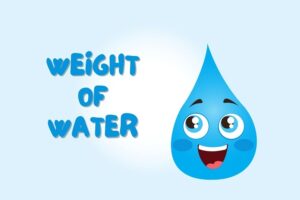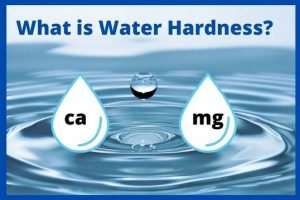What is TDS of water?
TDS means Total Dissolve Solids present in the water. It is a total of Inorganic salt & organic matter in the water. The most common inorganic salts in the water are magnesium, calcium, and sodium, all of which are carbonates, nitrates and bicarbonates, chlorides , and sulfates that are all anions.
TDS are classified in four groups: minerals, salts and dissolved metals and various organic matter.
Minerals: Minerals like magnesium, calcium and potassium are released into water through natural sources. Minerals enhance the taste of water.
Salts: Low levels of salts can be found by nature in ground water.
Metals dissolving in water: Metals that dissolve typically get into water via polluting.
Organic matter: Dissolved organic matter is typically absorbed into water due to the natural breakdown of plant matter and algae.
*** Water TDS full form ” Total Dissolve Solide”
Importance of TDS level in Water
TDS is one of the essential parameters in any home that uses water. Very high & low TDS in drinking water is harmful to our bodies. Besides its health effect, high levels of TDS in water can also damage your home appliances. Your bathroom becomes stained and can fade with too much TDS in water. In addition, water with a high concentration of TDS will lead to the buildup of scale on your faucets, sinks, and tubs. These buildups will reduce the lifespan of your appliances.
Limits in Drinking Water
In the view of water used to drink, high concentrations of TDS can affect water taste. Water with less than 300 mg/l TDS is considered excellent, while water with 600 to 900 mg/l is considered fair. Water with more than 1200 mg/l is considered unacceptable. Water with a low TDS level can cause a deficiency of minerals in the water.
| TDS in Water (measured in PPM) | Suitability for Drinking Water |
| Less than 300 mg/l | Excellent |
| 300 to 600 mg/ | Good |
| 600 to 900 mg/ | Fair |
| More than 1200 mg/l | Unacceptable |
Drinking water with high TDS levels may taste salty or bitter. It may also have a sulfuric odour. If you are concerned about TDS levels in your drinking water, you can purchase a water filtration system with a TDS testing kit.
Health Effects
It’s wrong to conclude immediately that the high TDS water is dangerous because it is contingent on the kind of TDS the water has. For example, a TDS reading may be exceptionally high, but it could be because water contains a significant amount of minerals.
EPA guidelines state that a ppm higher than 500 is not acceptable for total solids dissolved. Water with more than 1200 ppm of TDS should not be consumed.
Why Should You Measure TDs Levels
When it comes to mineral water, it usually has no taste or smell. However, changes in total dissolved solids (TDS) levels can alter texture and taste, making it unsuitable for consumption. To ensure safe drinking water, it is important to measure the TDS level because high levels can result in a salty or bitter taste and potentially harmful levels of lead or copper. Additionally, a TDS level above 1000 ppm can affect the taste of cooked food.




